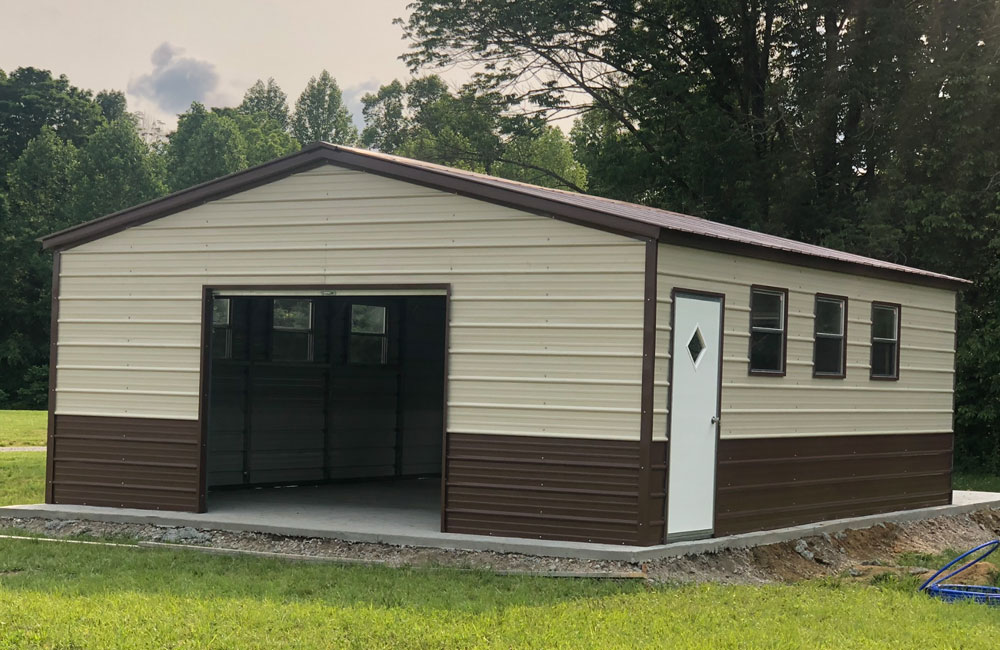
Investing in steel buildings offers numerous advantages, including durability, cost-effectiveness, and versatility. To ensure the longevity of your investment, it is essential to implement effective strategies for preventing damage to your steel structures.
Stopping corrosion
One primary concern for steel buildings is corrosion, which can compromise structural integrity over time. Regular inspection and maintenance are crucial in promptly identifying and addressing potential corrosion issues.
Applying protective coatings, such as galvanization or specialized anti-corrosion paints, creates a barrier against moisture and environmental elements, significantly reducing the risk of rust and corrosion.
Providing proper drainage
Proper drainage is another key element in preventing damage to steel buildings. Accumulated water, whether from rain or other sources, can lead to corrosion and weaken the structure. Regularly check and maintain gutters, downspouts, and drainage systems to ensure water is directed away from the building.
Additionally, addressing any leaks promptly will help minimize water-related damage.
Regular inspection
Implementing a routine inspection schedule is vital for detecting any signs of wear and tear early on. Regularly assess the condition of the steel components, including fasteners, joints, and connections. Look for any signs of rust, corrosion, or structural issues, and address them promptly to prevent further damage.
Landscaping considerations
Protecting steel buildings from the harsh effects of the environment also involves landscaping considerations. Ensure that trees and shrubs are strategically planted, keeping them at a safe distance to prevent contact with the building. Branches rubbing against the steel surface can cause scratches and damage to the protective coatings, making the structure more susceptible to corrosion.
Protecting against extreme weather conditions
In regions prone to extreme weather conditions, such as hurricanes or heavy snow loads, reinforcing the building’s structure becomes crucial. Investing in additional bracing, anchor systems, or snow removal plans can help prevent damage during adverse weather events.
Educating and training personnel on proper maintenance practices is essential. Establish clear protocols for routine inspections, cleaning, and maintenance tasks. Well-informed staff can play a pivotal role in identifying potential issues early on and taking preventive measures.
Conclusion
Preventing damage to your steel buildings requires a proactive approach encompassing regular inspections, protective coatings, proper drainage, landscaping considerations, reinforcement for adverse weather conditions, and staff training.
By implementing these strategies, you can safeguard your steel investment and enjoy the long-lasting benefits of a structurally sound and well-maintained building.
